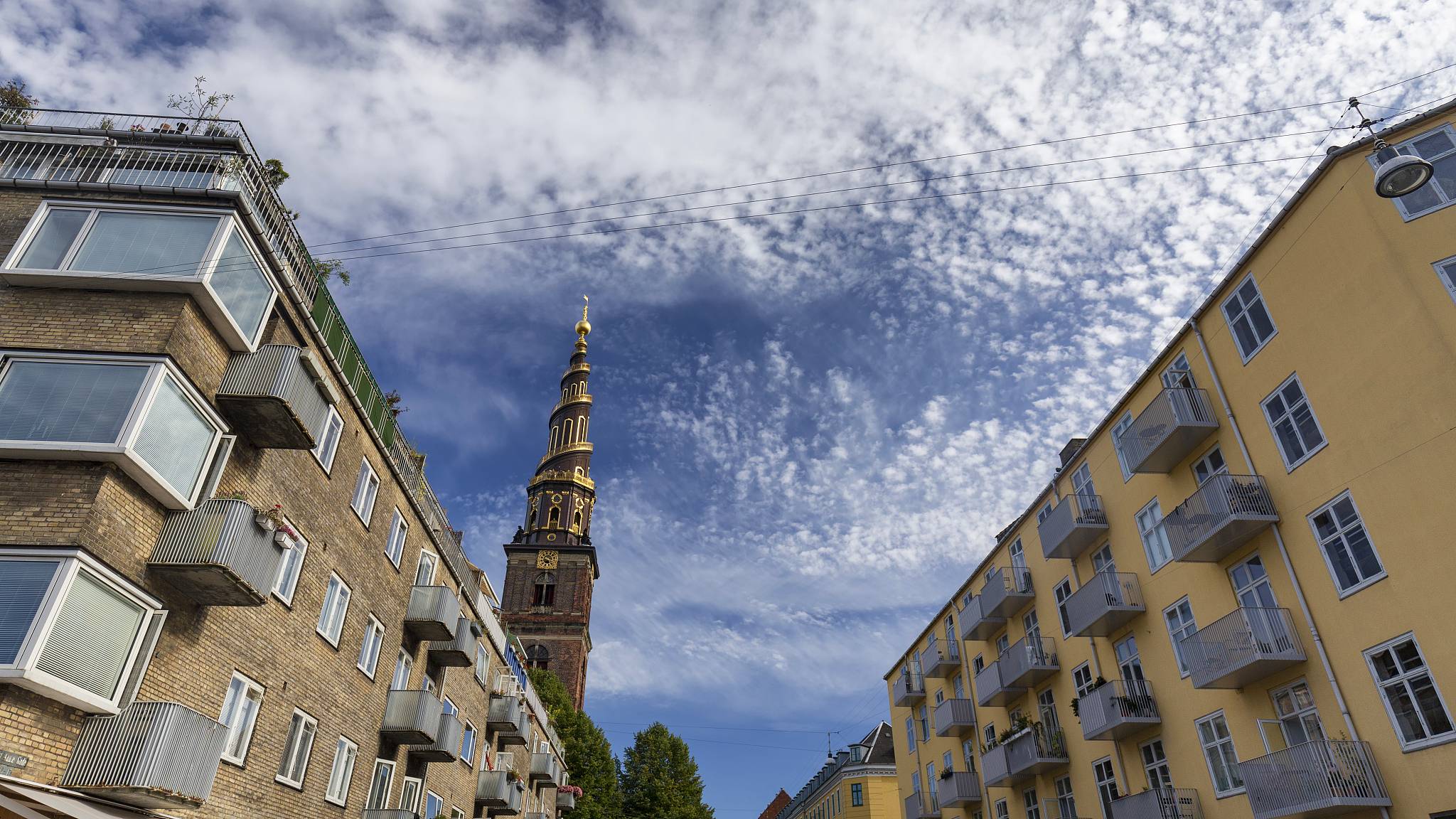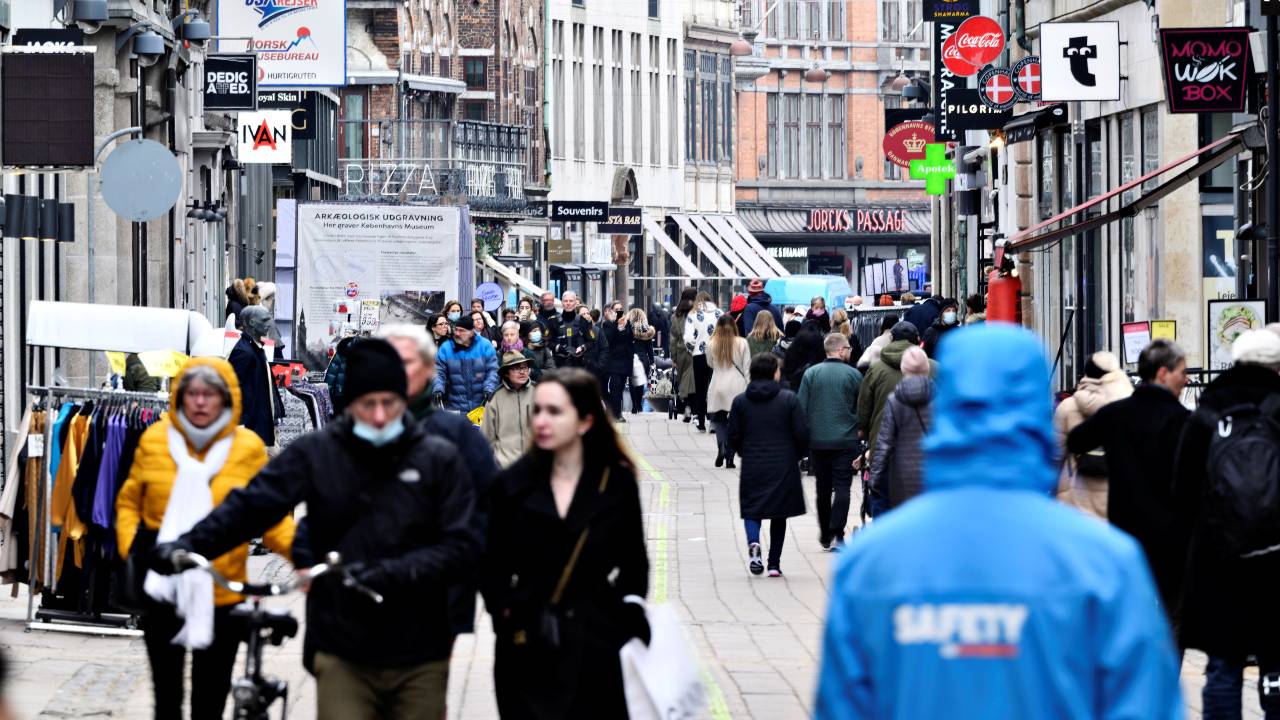
Denmark's ruling Social Democrats want to crack down on the number of "non-Western" residents living in disadvantaged neighborhoods. /CFP
Denmark's ruling Social Democrats want to crack down on the number of "non-Western" residents living in disadvantaged neighborhoods. /CFP
Denmark is set to cut down the number of "non-Western" residents living in disadvantaged neighborhoods, the Social Democratic government has announced.
In the proposed legislation, a review of existing laws designed to combat so-called "parallel societies," the interior ministry wants to reduce the proportion of residents of "non-Western" origin in each neighborhood to a maximum of 30 percent within 10 years.
Despite Denmark's reputation for progressive politics, the country has come to stand out against its European neighbors for its aggressive anti-immigrant policies, which have been accelerated under the ruling center-left party.
READ MORE:
Secrets of 'world's first computer' revealed
Refugees on life in Germany
Why has AstraZeneca's jab been suspended?
UK defense review explained
Interior minister Kaare Dybvad Bek said the new rules were needed because too many non-Western foreigners in one area "increases the risk of an emergence of religious and cultural parallel societies."
However, he said the term "ghetto" – formerly used in Danish law to describe disadvantaged neighborhoods – would be struck from the new legislation.
"The term ghetto is misleading ... I think it contributes to eclipsing the large amount of work that needs doing in these neighborhoods," he said.

There were 15 Danish neighborhoods that were considered 'ghettos' under the legislation. /Ritzau Scanpix/Philip Davali via Reuters
There were 15 Danish neighborhoods that were considered 'ghettos' under the legislation. /Ritzau Scanpix/Philip Davali via Reuters
Until now, "ghetto" had been applied to neighborhoods with more than 1,000 residents, more than half of which were of "non-Western" origin, and which met at least two of four criteria.
The criteria include: more than 60 percent of 39 to 50-year-olds do not have an upper secondary education; more than 40 percent of residents are unemployed; residents have an income 55 percent lower than the local average; or crime rates three times higher than the national average.
There are currently 15 Danish neighborhoods considered "ghettos," while 25 others were described as "at risk." The list is updated at the end of each year.
In these neighborhoods, crimes carry double the legal penalties to those of other areas, and daycare is obligatory for children over the age of one or family allowances are taken away.
READ MORE: Taxi drivers in Denmark will have to prove Danish language skills
The legislation had already stipulated that state-funded homes in the "ghettos" would be reduced to 40 percent of available housing by 2030.
The bill is expected to be voted through, although no date has yet been set for its hearing.
Denmark has had one of Europe's most restrictive immigration policies for years, with its anti-migrant legislation proliferating amid the refugee crisis.
Measures have included ordering police to take cash and valuables from newly arrived asylum-seekers to offset the cost of their maintenance, as well as warning potential migrants in foreign newspaper adverts that they are not welcome.
In 2019, Danish lawmakers expanded the crackdown by voting through legislation known as the "paradigm shift," essentially a government directive to go from integrating foreign nationals to repatriating them.
At the time, the UN expressed concern over "the numerous retrogressive measures" in the legislation. Christian Friis Bach, the then secretary general of the Danish Refugee Council, described the bill as Denmark taking part "in the European race to the bottom when it comes to limiting rights for asylum seekers and refugees."
Source(s): AFP

